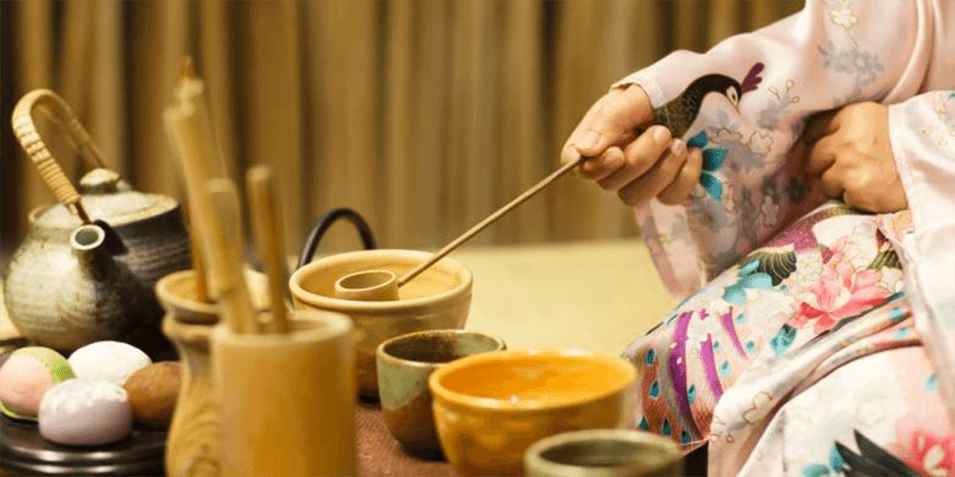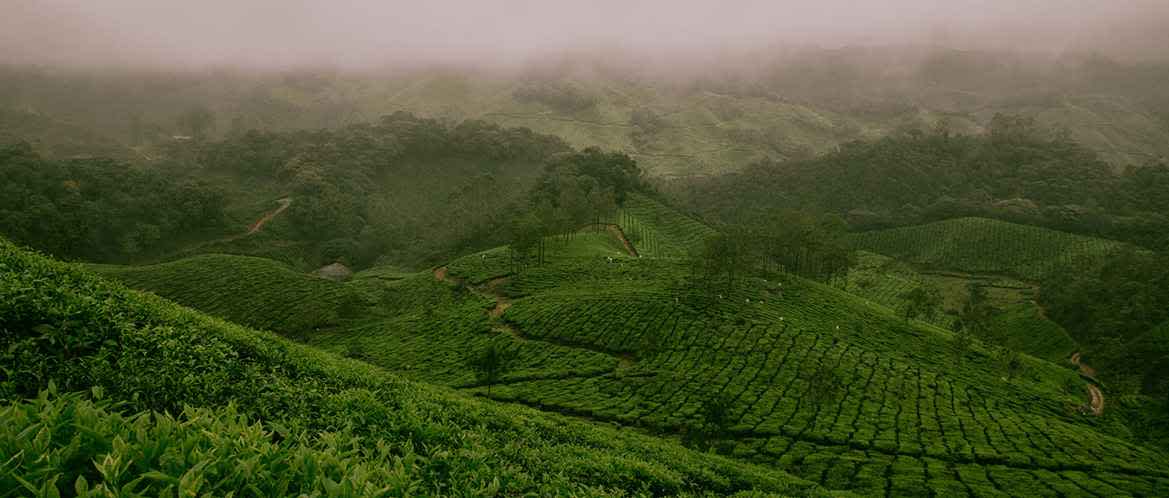According to one Chinese legend, tea was discovered when some leaves from a nearby tree blew into the Emperor Shen Nung’s bowl of boiling water. After taking a sip, the monarch reportedly became a lifelong advocate of the beverage, touting its refreshing properties. True or not, we do know that tea has been enjoyed for thousands of years, and has been woven into the fabric of many civilizations.
Tea drinking has been enjoyed in China for thousands of years, and has established itself as an important part of its culture. So important, in fact, that bricks of dried leaves were often traded as currency in outlying regions of the Chinese empire.
Tea harvesting in China was a notoriously difficult process, and this is reflected in the local folklore. Legends tell of a village where monkeys are ingeniously co-opted to help harvest tea leaves. As the story goes, monkeys perching on the branches of tea trees are taunted by villagers, provoking them to throw tea leaves down at them.

Tea drinking spread to Japan in about the 6th century when Japanese priests and visitors returned from China with dried tea. It was mostly consumed by the religious classes and royalty, a practice that was encouraged by tea planting and farming.1 The Japanese tea ceremony elevated tea preparation and drinking to an art form, one that required years of training in order to perform to perfection. Tea also spread to Korea at roughly the same time, being used in religious offerings to spirits.
Unlike Asia, it took many more years for tea to become popular in the western world. In the 17th century, tea became very fashionable in the Dutch capitol of The Hague, but was so expensive that it was out of reach to all but the most wealthy citizens. Tea subsequently spread to France and the American colony of New Amsterdam

In Britain, the introduction of tea eventually turned into a sensation, and tea became popular not only as a beverage, but as the name of a small meal that was served between breakfast and dinner. Tea has come to be seen as part of everyday life in Britain, who spread a love of tea culture to its colonies, including India.
In the 18th century, tea would be forever associated with the birth of world power, as a British tea tax and the Boston Tea Party figured prominently in the buildup to the American Revolutionary War. And it was in the United States of America that both iced tea and the tea bag were first introduced to the world. Richard Blechynden’s iced tea made its debut at the 1904 World’s Fair in St. Louis; Thomas Sullivan would pioneer the use of bagged teas in New York in 1908.
Today, tea is enjoyed across the world as a beverage that refreshes, hydrates and relaxes, and remains the perfect drink for creating special moments with friends and family. The next time you reach for a cup, remember that you are part of a continuing history of one of the world’s favourite drinks.
1Kiple, Kenneth F.; Ornelas, Kriemhild Coneè, eds. (2000), The Cambridge World History of Food, 1, Cambridge: Cambridge University Press

